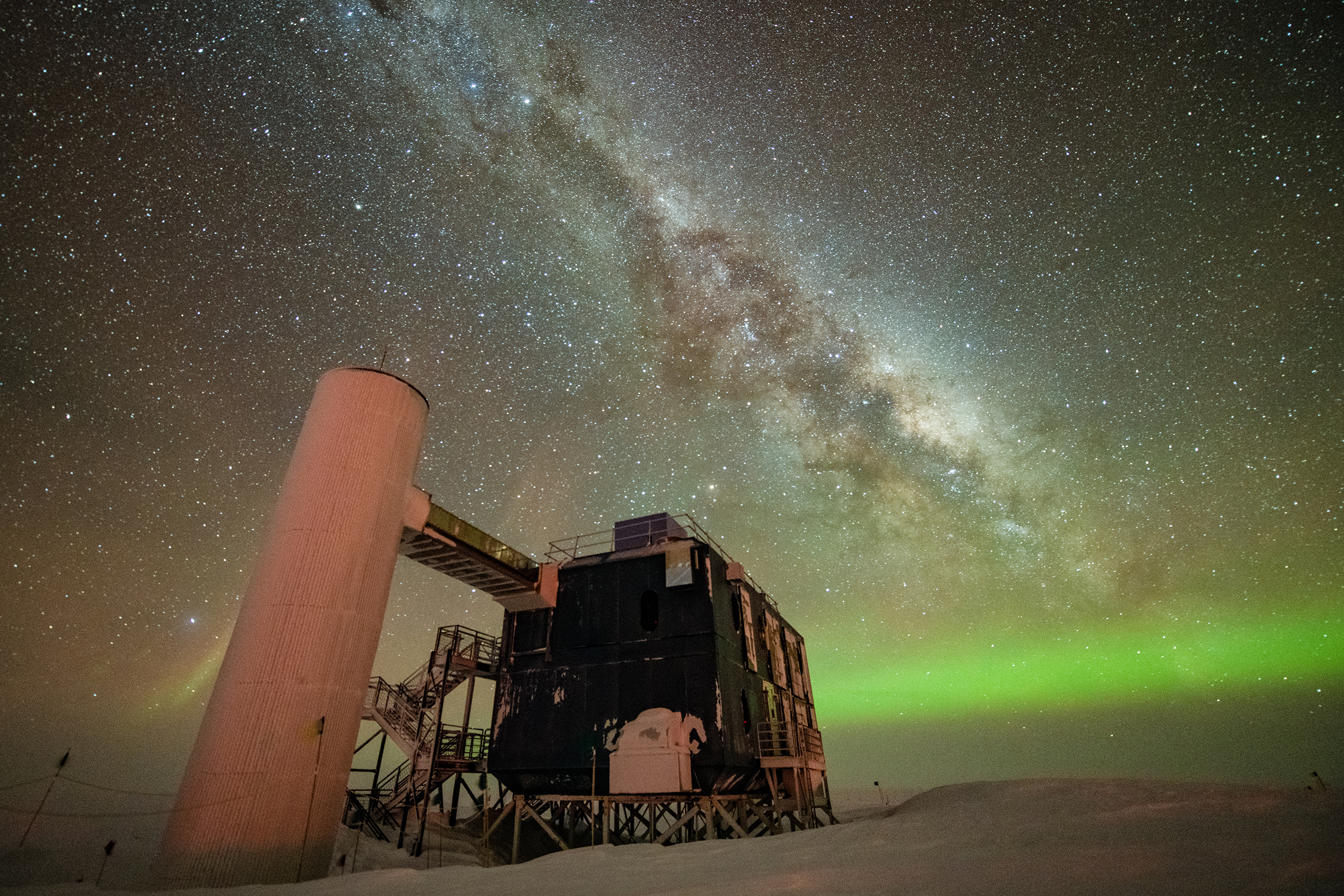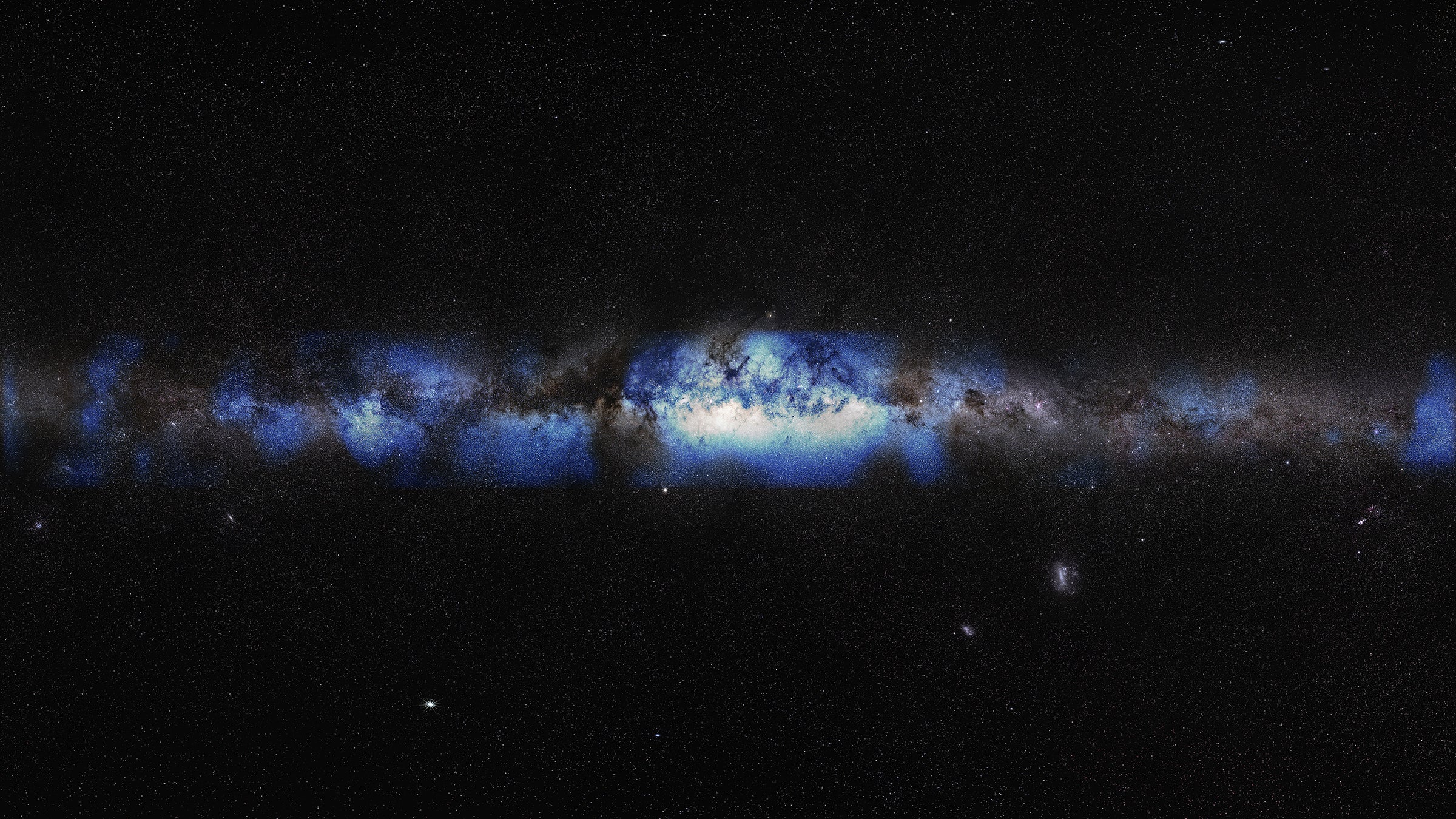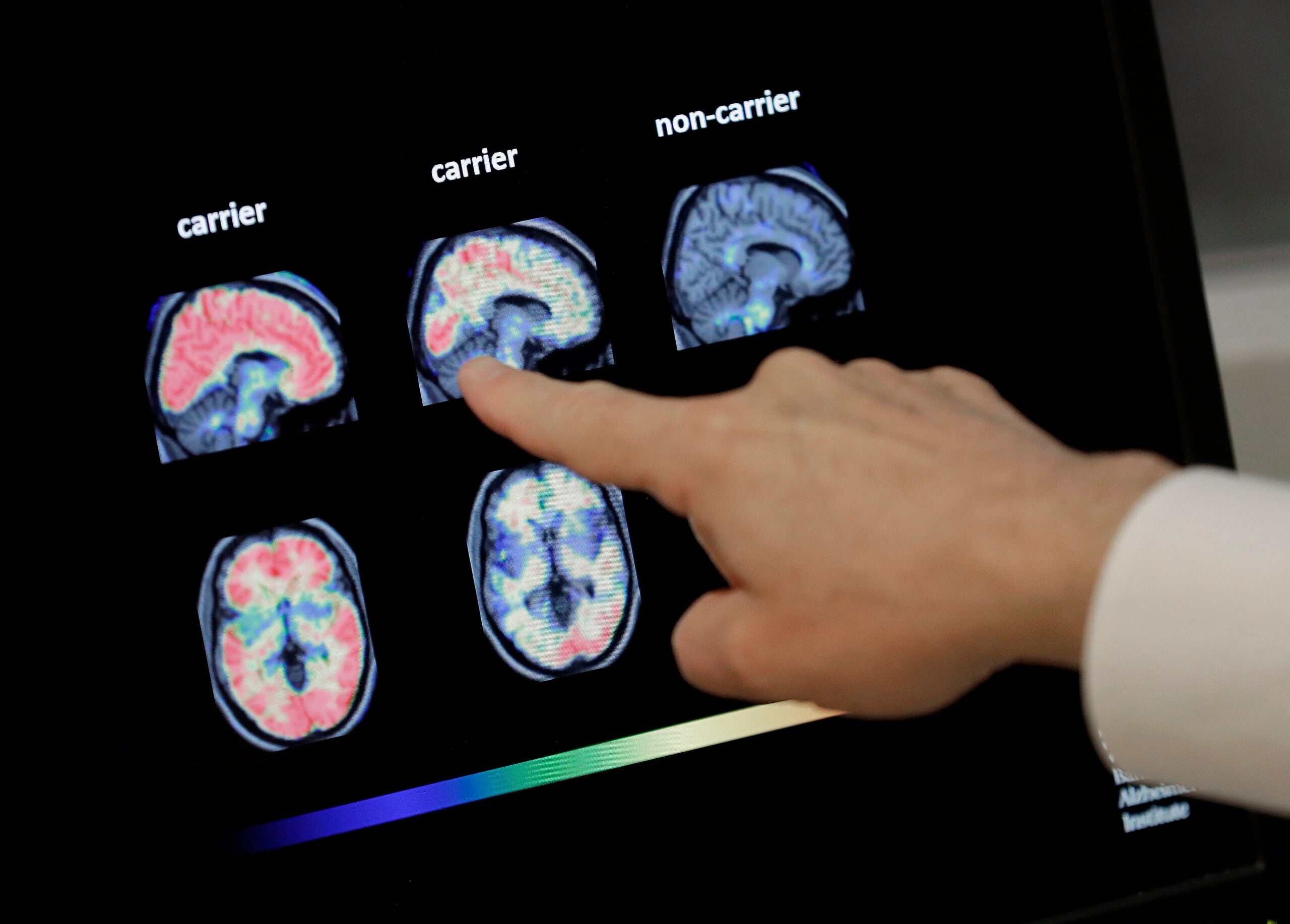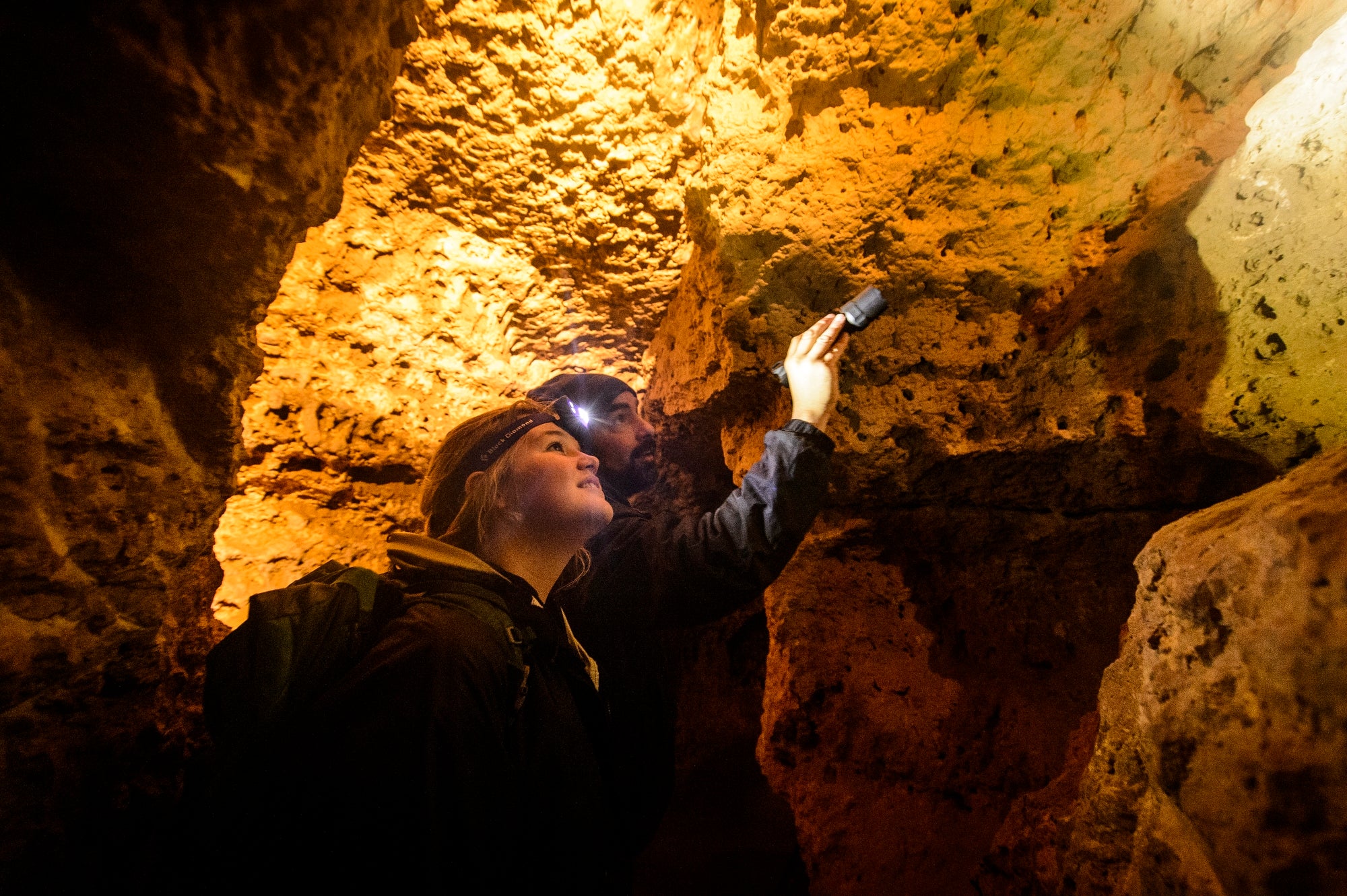New data from the University of Wisconsin-Madison’s IceCube neutrino detector has led to the first ever image of our Milky Way galaxy using the subatomic “ghost particles.” An international team of researchers also found the Milky way is a neutrino desert compared to others.
The Ice Cube Neutrino Observatory has been using highly sensitive sensors buried a mile beneath the South Pole to detect flashes of what is called Cherenkov light, which happens as a result of neutrinos traveling through the ice faster than the speed of light.
With the help of increasingly powerful machine learning techniques, the Ice Cube researchers have pinpointed the source of some neutrinos from outside our galaxy. Now, they’ve looked more closely at the Milky Way itself and created the first-of-its-kind image of our galaxy using neutrinos.
News with a little more humanity
WPR’s “Wisconsin Today” newsletter keeps you connected to the state you love without feeling overwhelmed. No paywall. No agenda. No corporate filter.
An artist’s rendering of the IceCube data looks somewhat similar to traditional Milky Way images, with what look like blue and white blotches.

UW-Madison physics professor Francis Halzen is the principal investigator for the IceCube observatory. He told Wisconsin Public Radio that high-energy gamma rays have long been detected from sources within the Milky Way’s galactic plane, but there was debate about whether those rays came from electrons swirling through the galaxy or from protons interacting with other particles like gasses.
Halzen said because the neutrino image of the Milky Way looks exactly like prior images using other types of radiation, it shows protons, not electrons, are what create the heat and radiation we see coming from the galactic center.
“So, the important conclusion is that we now know that the pattern in our galaxy that’s dominant is produced by cosmic rays, not by electrons,” Halzen said.
What’s more, Halzen said, is the neutrino image shows the Milky Way is a “neutrino desert” compared to “strong sources” creating the ghost particles in distant galaxies. While it’s still unknown how these inter-galactic neutrinos coming to earth are produced, Halzen says researchers with the IceCube project think they’re coming from collisions of protons interacting with matter as they spin into black holes at the center of distant galaxies.
“What that means is that they not only have a supermassive black hole at the center of the galaxy, which we do, too,” Halzen said. “But in some galaxies, this black hole is cannibalizing its own galaxy.”
Researchers with the IceCube project speculate that the black hole at the center of the Milky Way hasn’t produced the bulk of high-energy neutrinos for millions of years.
“We are a neutrino desert because our black hole doesn’t produce any and we see this sub-dominant pattern of cosmic rays interacting with the material in the galactic plane,” Halzen said.

Wisconsin Public Radio, © Copyright 2026, Board of Regents of the University of Wisconsin System and Wisconsin Educational Communications Board.



